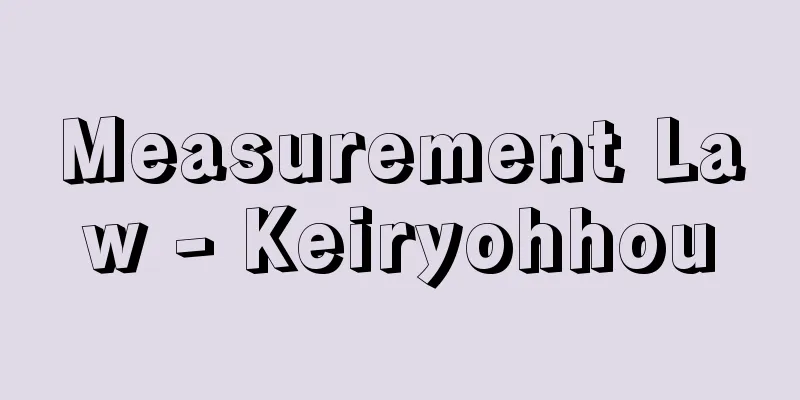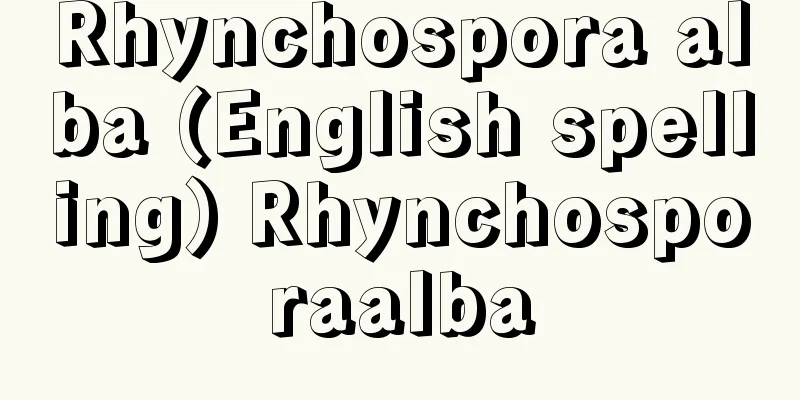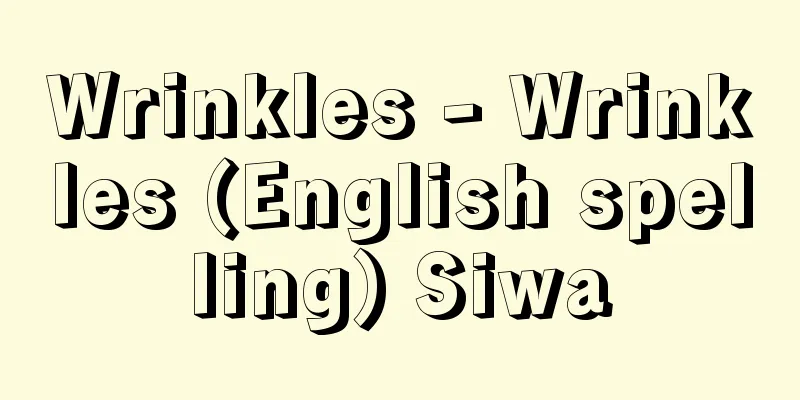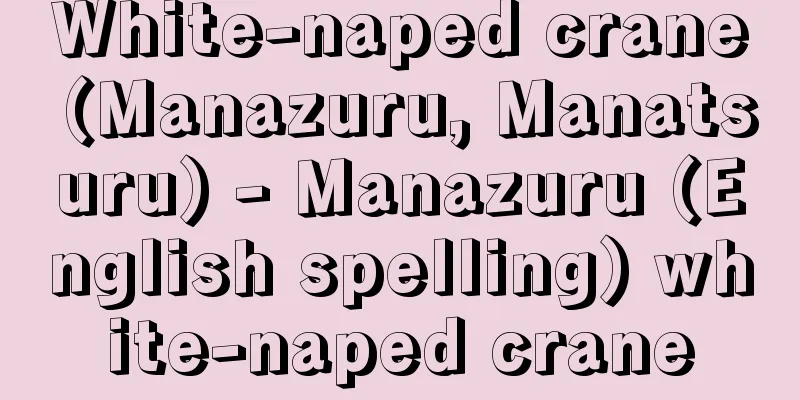Measurement Law - Keiryohhou

|
This law stipulates the matters necessary to ensure the safety of measurements. It was promulgated as Law No. 207 on June 7, 1951 (Showa 26), and came into force on March 1, 1952. It has undergone several revisions since then. It basically follows the Weights and Measures Law enacted in 1891 (Meiji 24), but the types of "quantities of physical phenomena" covered were significantly increased from the three weights and measures (length, volume, and weight). This is why it was renamed the Measurement Law. In 1993 (Heisei 5), all measurement units were unified into the International System of Units (SI), and by September 30, 1999, some units that had previously differed from the International System of Units had been switched over. However, the Measurement Law allows the use of some non-SI units due to customs or special circumstances in certain industries. The contents can be roughly divided into units of measurement and their regulations, regulations on businesses related to measuring instruments, ensuring measurement safety, and the inspection and testing of measuring instruments. There are 72 types (as of 2012) of quantities of the state of physical objects that are the subject of the law, which are designated as legal measurement units. All of these are based on the metric system, and Article 8 states that only legal measurement units may be used for transactions and certifications. This is the basis for the unification of Japan into the metric system. The measuring instruments covered are 18 types, including thermometers and watt-hour meters, but these are subject to change or abolition depending on the situation. Manufacturers of the measuring instruments listed here must be registered with the Minister of Economy, Trade and Industry, while repairers and sellers of measuring instruments specified by government ordinance must be registered with the prefectural governor. Manufacturing and repair businesses must have certain inspection equipment, and in the case of manufacturing, must notify and adhere to in-house inspection regulations. This is to ensure the necessary performance at the manufacturing and repair stages in the first place. The contents of ensuring measurement safety include the obligation for household measuring instruments to conform to standards when manufactured, the prohibition on the sale of measuring instruments other than those that have been inspected, such as clinical thermometers, as specified by government ordinance, restrictions on the use of measuring instruments, regulations on product weight errors, and restrictions on the purpose and method of use of measuring instruments. Inspection is carried out for those instruments that are deemed particularly necessary and are specified by government ordinance. Of these, periodic inspections are carried out on commercial scales and other instruments that are in use, but on-site inspections can be carried out for general matters specified in the Measurement Act. Penalties are set for violations. [Koizumi Kesakatsu/Hidetaka Imai April 17, 2015] [Reference items] | | |Source: Shogakukan Encyclopedia Nipponica About Encyclopedia Nipponica Information | Legend |
|
計量の安全確保のために必要な事項を定めた法律。1951年(昭和26)6月7日法律第207号として公布、1952年3月1日から施行された。その後数次の改正を経て今日に至っている。基本的には1891年(明治24)制定の「度量衡法」を踏襲し、対象とする「物象の状態の量」の種類が、度量衡3量(長さ・体積・重さ)から大幅に増加された。「計量法」と改めたのはそのためである。1993年(平成5)には、計量単位をすべて国際単位系(SI)へ統一する改正が行われ、1999年9月30日までに、これまで国際単位系と食い違っていた一部の単位の切り替えを実施した。しかし、慣習上あるいは産業分野の特殊性により、計量法では一部の非SI単位の使用を容認している。 内容を大別すると、計量単位とその規制、計量器に関する事業の規制、計量の安全確保、計量器の検定・検査である。対象となる物象の状態の量は72種類(2012年時点)で、これを法定計量単位としている。これらはすべてメートル法によっており、第8条で、取引、証明には法定計量単位以外は使ってはならないとしている。これが日本のメートル法による統一の根拠である。 対象となる計量器は温度計、電力量計など18器種であるが、これらは状勢により改廃される。ここにあげられた計量器を製造する者は経済産業大臣の登録を、修理する者および政令で定められる計量器を販売する者は都道府県知事の登録を受けなくてはならない。製造および修理事業者は、一定の検査設備を備え、かつ製造の場合は社内検査規程を届け出てこれを守らなければならない。これは、まず製造・修理の段階で必要な性能を確保するためである。 計量の安全確保の内容は、家庭用計量器の製造時における基準適合義務、体温計など政令で定める計量器の検定品以外の販売禁止、計量器の使用の制限、商品の量目誤差の規定、計量器の用途や使用方法の制限等である。検定はとくに必要と認められるもので、政令で定められたものについて行われる。このうち商用秤(はかり)などは使用中のものについて定期検査が行われるが、計量法に定められた事項一般については立入検査を行うことができる。違反に対しては罰則が設けられている。 [小泉袈裟勝・今井秀孝 2015年4月17日] [参照項目] | | |出典 小学館 日本大百科全書(ニッポニカ)日本大百科全書(ニッポニカ)について 情報 | 凡例 |
Recommend
Monstera (English spelling) Monstera; windowleaf
A general term for the genus Monstera in the Arace...
Guadiana [river] - Guadiana
The second largest river in the Iberian Peninsula....
Turnip orchid - Turnip orchid
…A biennial plant of the Brassicaceae family. It ...
bohorok
… helm A strong northeasterly wind blowing down t...
al-Mawṣil (English spelling) alMawsil
...A city in northern Iraq, on the west bank of t...
heterostyly
...This type is seen in the Asteraceae and Brassi...
Producer - Producer (English spelling)
It means a producer or producer. It refers to the...
Kashikodokoro Hoansha
... escort car A passenger car for the Imperial f...
mallow
...However, since the Malvaceae family, the holly...
Onishiogama - Onishiogama
A semi-parasitic perennial plant of the Scrophula...
Matsumoto Shunsuke - Matsumoto Shunsuke
Western-style painter. Maiden name Sato. Born in ...
Donut - donut (English spelling) doughnut
Dough made from flour mixed with sugar, eggs, bak...
Insect Seal - Insect Tomb
A spell to calm a child's cramps. In the past...
Oorusui - Oorusui
...a person who manages a castle in place of the ...
unskilled worker
… [History] Before the Industrial Revolution, sel...









